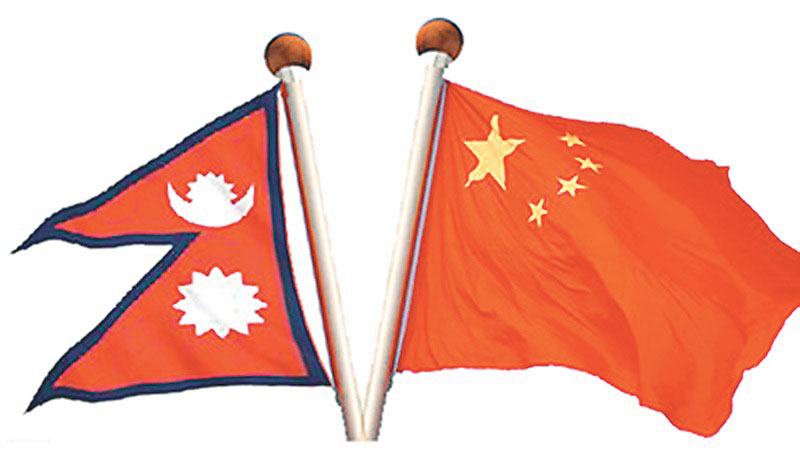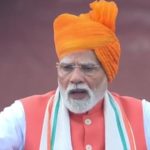At the invitation of Wang Yi, a member of the Political Bureau of the Communist Party of China (CPC) Central Committee and Minister of Foreign Affairs, Nepal’s Deputy Prime Minister and Minister for Foreign Affairs, Narayan Kaji Shrestha, visited China from March 25 to April 1. During the delegation-level talks, the two sides agreed to sign the Belt and Road Initiative (BRI) implementation plan “as soon as possible”. Under Beijing’s billion-dollar megaproject BRI, a “Silk Roadster” platform was launched by the Communist Party of China in Nepal last year. Silk Roadster is a newly launched platform designed to foster practical cooperation and facilitate people-to-people exchanges between China and Southeast and South Asian countries, as outlined in its concept paper. It is suggested that this unique “Silk Roadster” initiative represents a softer approach by Beijing compared to the more conventional hard power projects associated with the BRI. China has been strategically employing its soft power in Nepal for several compelling reasons. Nepal is sandwiched between the two big Asian powers, India and China, which makes it a crucial player in the regional geopolitics. By leveraging education, tourism and health as tools for “engagement”, China aims to enhance its sphere of influence, strengthen its presence in South Asia and counterbalance India’s influence in the region. Kathmandu’s geo-strategic location, particularly its proximity to Tibet, holds paramount significance for Beijing’s national security interests. Protests or activities by Tibetan exiles in Nepal, perceived as anti-China or supportive of Tibetan independence, could potentially inspire similar sentiments among Tibetans within China. This poses a direct challenge to China’s sovereignty, domestic stability and control over ethnic minority regions. By cultivating friendly relations with Nepal and deepening the bilateral partnership, China seeks to mitigate security threats, and maintain stability in the region. China’s increasing influence in Nepal through soft power tools is also altering the traditional balance of power in the South Asian region. Historically, Nepal has been within India’s sphere of influence due to geographical proximity, shared cultures, and historical connections. However, China’s strategic investments in health, education, and tourism in Nepal create a counterbalance to India’s influence, allowing Beijing to establish a stronger foothold in the region. Nepal, renowned for its Buddhist heritage and towering peaks such as Mount Everest, stands out as an ideal tourist destination. In 2014, Kathmandu and Beijing signed an agreement to enhance bilateral cooperation in mountaineering and tourism. Subsequently, numerous agreements have been forged in the tourism sector between the two nations. In 2014, a total of 123,804 Chinese nationals travelled to Nepal. However, due to the devastating earthquake in 2015, the number of Chinese tourists visiting Nepal dropped significantly, nearly halving to 64,675. On December 25, 2015, Nepal unveiled a visa exemption for Chinese tourists, granting them the same privileges as visitors from South Asia, as part of efforts to rejuvenate declining arrivals. The implementation of the “free-visa” scheme commenced in January 2016. To enhance the tourism experience for Chinese visitors in Nepal, tourist guides were equipped with Chinese language training to ensure a seamless and enjoyable journey for Chinese tourists. In 2018, Nepal made a notable effort to attract more Chinese tourists by launching its first interactive tourism website in the Chinese language. Initiated by the Nepal Tourism Board, the country’s main tourism promotion body, the customised website, was created to effectively engage with Chinese-speaking travellers. As a result, there was a surge in the number of Chinese tourists, increasing from 104,664 tourists in 2017 to 153,633 tourists in 2018. However, in the years 2020, 2021, and 2022, there was a dip in tourism due to the COVID-19 pandemic.









